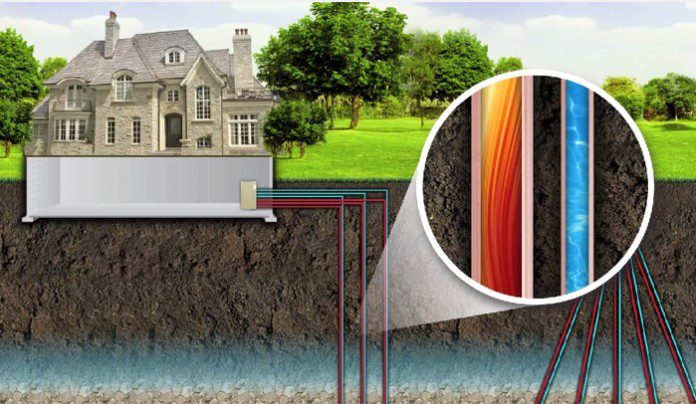Alternative energies hold a lot of promise to help the world get away from the use of fossil fuels. One of the most exciting alternatives is geothermal energy. By tapping into the heat that is generated by the planet itself and using that to produce electricity, there would be no need to burn coal or deal with the potential dangers of nuclear power.
No source of energy is 100% perfect, however, so let’s explore some of the pros and cons of geothermal energy.
Here Are the Pros of Geothermal Energy
1. It is almost emission free.
Once the structure that harvests the geothermal energy is created, there are virtually no emissions that are created with this energy source. It produces zero carbon when electricity is being generated and sulfur scrubbers can take out bothersome odors and atmospheric additives.
2. There are no transportation requirements.
The infrastructure for electricity distribution works with a geothermal energy plant. No mining or transportation of fuels to burn are needed once the plant becomes active either. This further reduces the emission requirements that are required to generate power.
3. It has a greater level of consistency.
Wind and solar are dependent on weather conditions in order to generate power. Geothermal energy is dependent on the heat that the planet always creates. This means there aren’t the same fluctuations in power with this type of energy when compared to other alternative fuel sources.
Here Are the Cons of Geothermal Energy
1. Only specific locations are suitable for energy production.
With current technologies, geothermal energy can only be accessed when heat sources are close to the surface. This limits the number of plants that can be created because there are specific and limited locations where energy production would be able to occur.
2. There are large up-front expenses.
It is very difficult to drill into heated rock. There must also be systems in place that manage the heat of the geothermal energy so power production is consistent. This infrastructure is very expensive to create and must be paid in advance before any power is generated.
3. Most locations for geothermal energy aren’t near population centers.
Although the distribution infrastructure is in place, many geothermal locations are away from most population centers. This means an added cost to connect a new plant must also be considered.
The pros and cons of geothermal energy show that this system could be highly beneficial, but only if we’re willing to be a large upfront investment into it. By weighing these key points, that decision becomes easier to make.
Crystal Lombardo is a contributing editor for Vision Launch. Crystal is a seasoned writer and researcher with over 10 years of experience. She has been an editor of three popular blogs that each have had over 500,000 monthly readers.


















